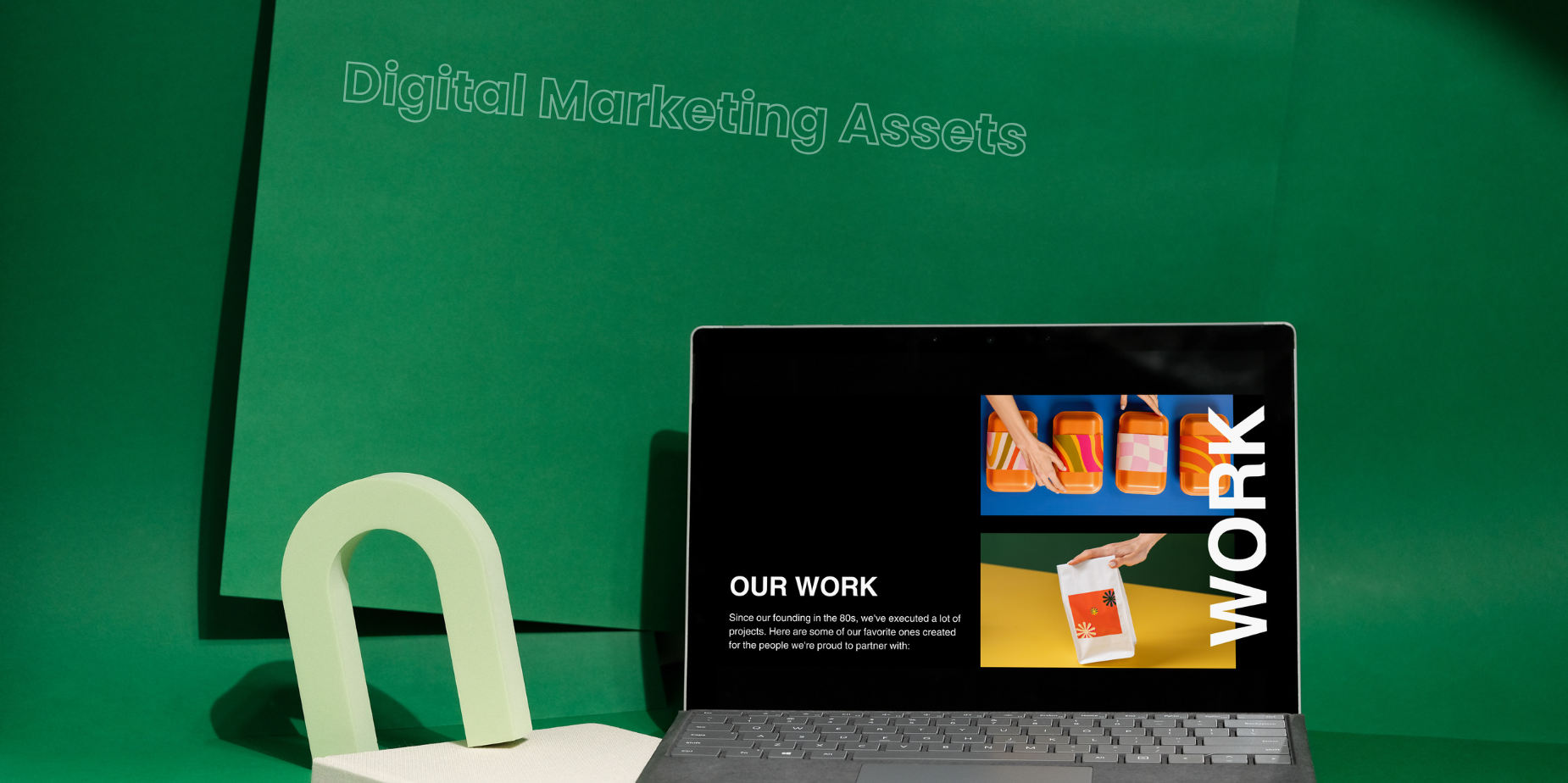Nigeria does not lack conversation.It lacks organization of conversation. Every day, millions of Nigerians discuss…

What is Digital Marketing Assets
Table of Contents
Decoding Digital Marketing Assets: Your Building Blocks for Online Success
In the ever-evolving digital landscape, a strong online presence is no longer a luxury, but a necessity. And at the heart of any successful digital strategy lies a collection of digital marketing assets. These are the tools and resources you leverage to connect with your target audience, drive traffic, generate leads, and ultimately, achieve your business goals. Think of them as the building blocks of your online empire.
So, what exactly are digital marketing assets? They’re any online material or tool that you can use to market your business. They can be created in-house or sourced externally, and they exist in a variety of formats. The key is to strategically select and utilize the right assets to reach the right people at the right time.
What Are Digital Marketing Assets?
Digital marketing assets refer to any online materials or tools that a business uses to promote its brand, products, or services. These assets can be owned, earned, or paid and contribute to a brand’s overall digital footprint.
A Diverse Portfolio: Exploring Different Types of Digital Marketing Assets
The world of digital marketing assets is vast and constantly expanding. Here’s a look at some key categories:
-
Content Assets: This is the bread and butter of digital marketing. It encompasses anything from blog posts and articles to ebooks, white papers, infographics, videos, and podcasts. High-quality content attracts, engages, and educates your audience, establishing you as a thought leader and driving organic traffic.
-
Visual Assets: A picture is worth a thousand words, and in the digital realm, visuals are crucial. This category includes images, illustrations, logos, graphics, and even GIFs. Visually appealing content captures attention and enhances brand recognition.
-
Website Assets: Your website is your digital storefront, and it’s comprised of various assets. These include your homepage, landing pages, blog pages, product pages, and even your “About Us” section. A well-designed and optimized website is essential for conversions.
-
Social Media Assets: Social media platforms are powerful tools for connecting with your audience. Your social media assets include your profile pages, posts, images, videos, stories, and even your social media advertising campaigns.
-
Email Marketing Assets: Email remains a highly effective marketing channel. Your email marketing assets include your email lists, newsletters, email templates, and automated email sequences.
-
SEO Assets: Search engine optimization (SEO) is crucial for driving organic traffic. Your SEO assets include your website’s meta descriptions, title tags, keywords, and backlinks.
-
Paid Advertising Assets: Paid advertising can be a powerful way to reach a wider audience. Your paid advertising assets include your ad copy, banner ads, landing pages, and targeting parameters.
-
Interactive Assets: Engage your audience with interactive content like quizzes, polls, surveys, and calculators. These assets can be highly effective at capturing leads and gathering valuable data.
Why are Digital Marketing Assets Important?
Digital marketing assets are essential for several reasons:
-
Brand Building: Consistent and high-quality assets help build brand awareness and establish a strong brand identity.
-
Lead Generation: Assets like landing pages, ebooks, and webinars can be used to capture leads and nurture potential customers.
-
Traffic Generation: SEO-optimized content, social media posts, and paid advertising can drive traffic to your website.
-
Customer Engagement: Interactive content, social media engagement, and email marketing can help you connect with your audience and build relationships.
-
Sales and Conversions: Ultimately, your digital marketing assets should contribute to driving sales and conversions.
Managing Your Digital Marketing Assets:
Effective management of your digital marketing assets is crucial. This includes:
-
Organization: Keep your assets organized and easily accessible. Consider using a digital asset management (DAM) system.
-
Tracking and Analysis: Monitor the performance of your assets to see what’s working and what’s not. Use analytics tools to track key metrics.
-
Regular Updates: Keep your assets up-to-date and relevant. Outdated content can damage your credibility.
Best Practices for Maximizing Digital Marketing Assets
- Ensure Brand Consistency: Maintain uniformity in design, tone, and messaging across all digital assets.
- Leverage Data & Analytics: Continuously track performance and optimize strategies based on insights.
- Repurpose Content: Adapt blog posts into videos, infographics, or social media snippets for extended reach.
- Optimize for SEO: Use relevant keywords, meta descriptions, and structured data to enhance discoverability.
- Engage & Interact: Actively communicate with audiences on social media and other platforms to foster brand loyalty.
Conclusion:
Digital marketing assets are the foundation of any successful online strategy. By strategically selecting, creating, and managing your assets, you can build a strong online presence, connect with your target audience, and achieve your business goals. Remember to regularly review and adapt your asset portfolio to stay ahead of the curve in the ever-changing digital landscape.


